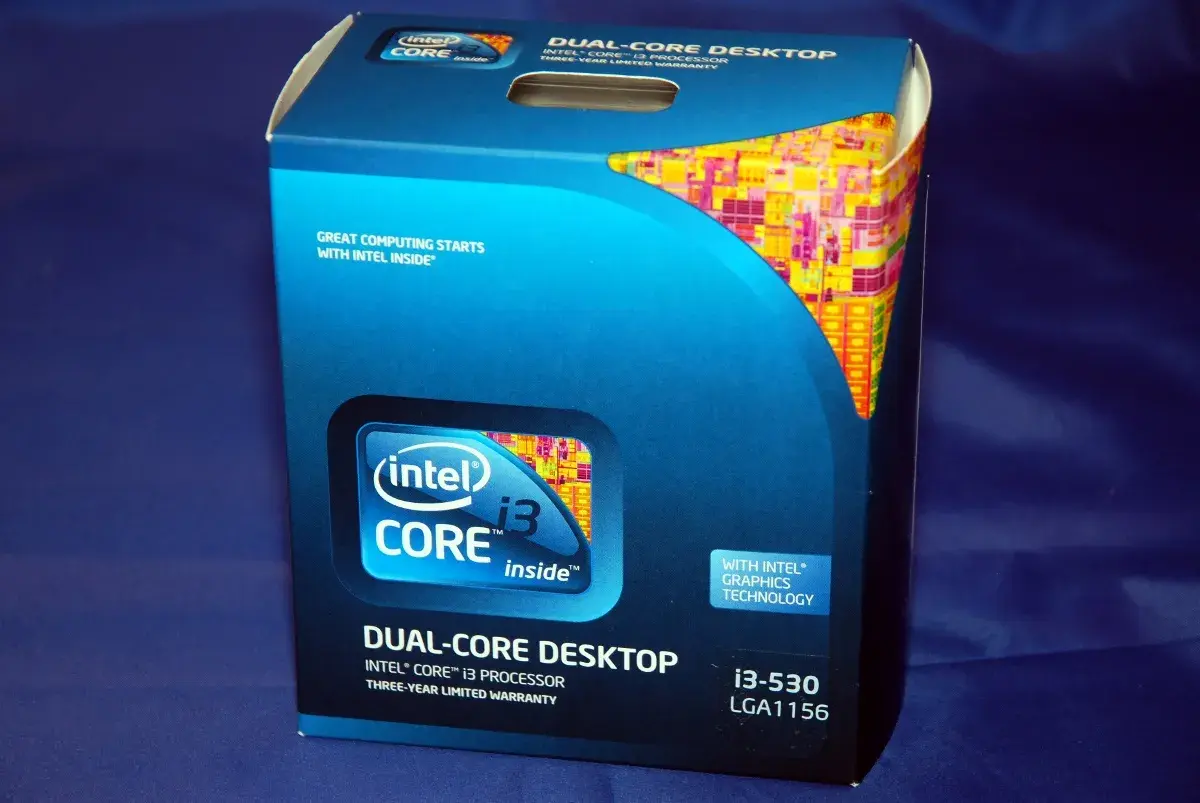- cross-posted to:
- [email protected]
- cross-posted to:
- [email protected]
With the recently released KDE Plasma 6.1 desktop environment, those still relying on old Intel integrated graphics should have a much more pleasant experience thanks to improvements made to the KWin compositor. For very old Intel integrated graphics, it can effectively be a night and day difference upgrading to the new Plasma 6.1 desktop.
KWin lead developer Xaver Hugl is out with a new blog post about the improved KDE Plasma desktop performance as of Plasma 6.1, which can be especially noticeable with old integrated graphics hardware such as the common Intel graphics in aging laptops. The biggest improvement to bettering the KDE Plasma desktop graphics performance is thanks to dynamic triple buffering support.



This is the best summary I could come up with:
With the recently released KDE Plasma 6.1 desktop environment, those still relying on old Intel integrated graphics should have a much more pleasant experience thanks to improvements made to the KWin compositor.
For very old Intel integrated graphics, it can effectively be a night and day difference upgrading to the new Plasma 6.1 desktop.
The biggest improvement to bettering the KDE Plasma desktop graphics performance is thanks to dynamic triple buffering support.
It’s not just old or slow processors that benefit though, I also tested this on a laptop with an integrated Intel and a dedicated NVidia GPU.
Triple buffering can’t do magic, but KWin now at least reaches around 100-120fps on that setup, which is likely the best that can be done until the driver issue is resolved and feels a lot smoother already."
Those wanting to learn more about this improvement to KDE Plasma on old graphics hardware can visit Xaver’s blog for all the details.
The original article contains 393 words, the summary contains 158 words. Saved 60%. I’m a bot and I’m open source!